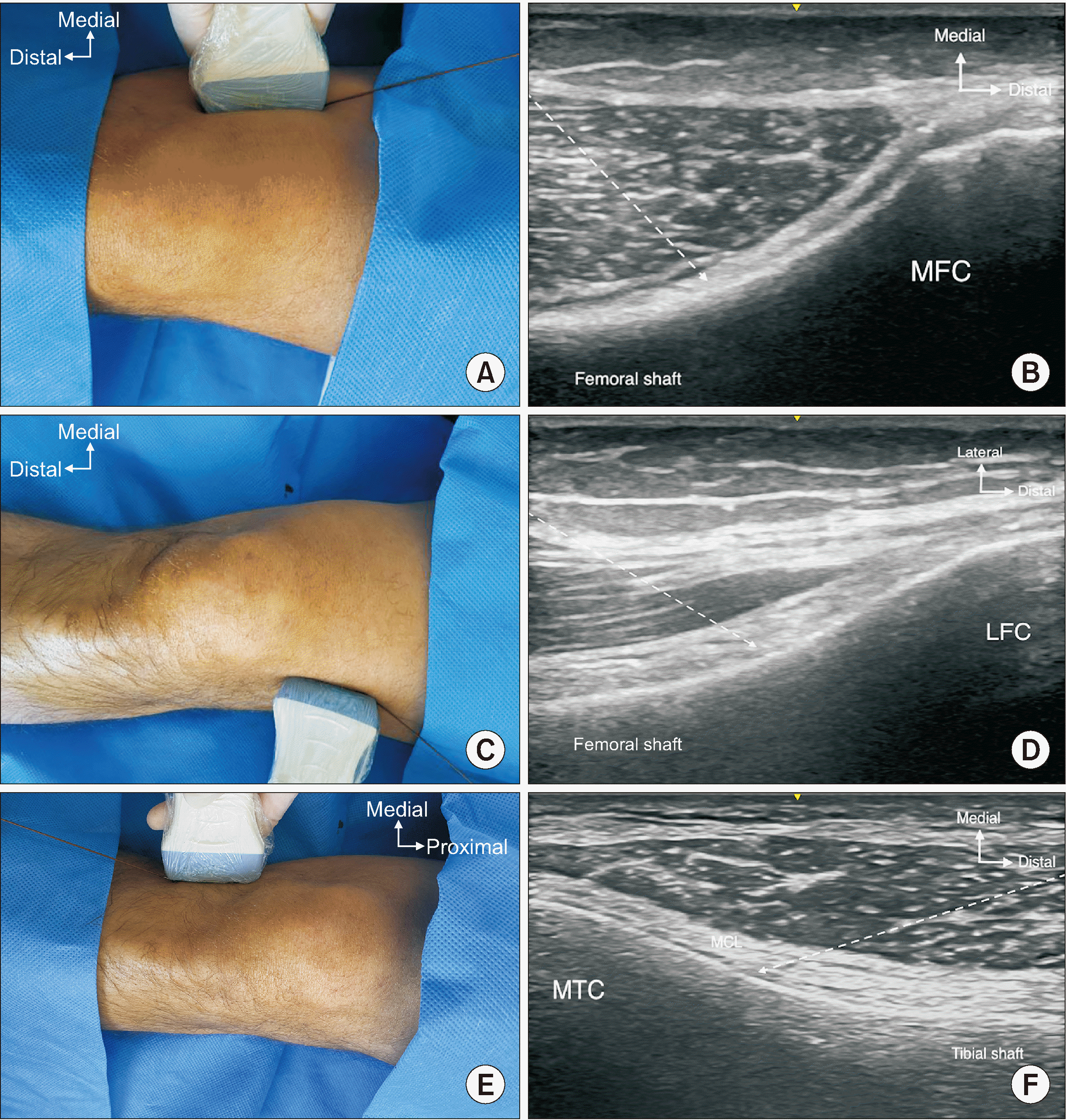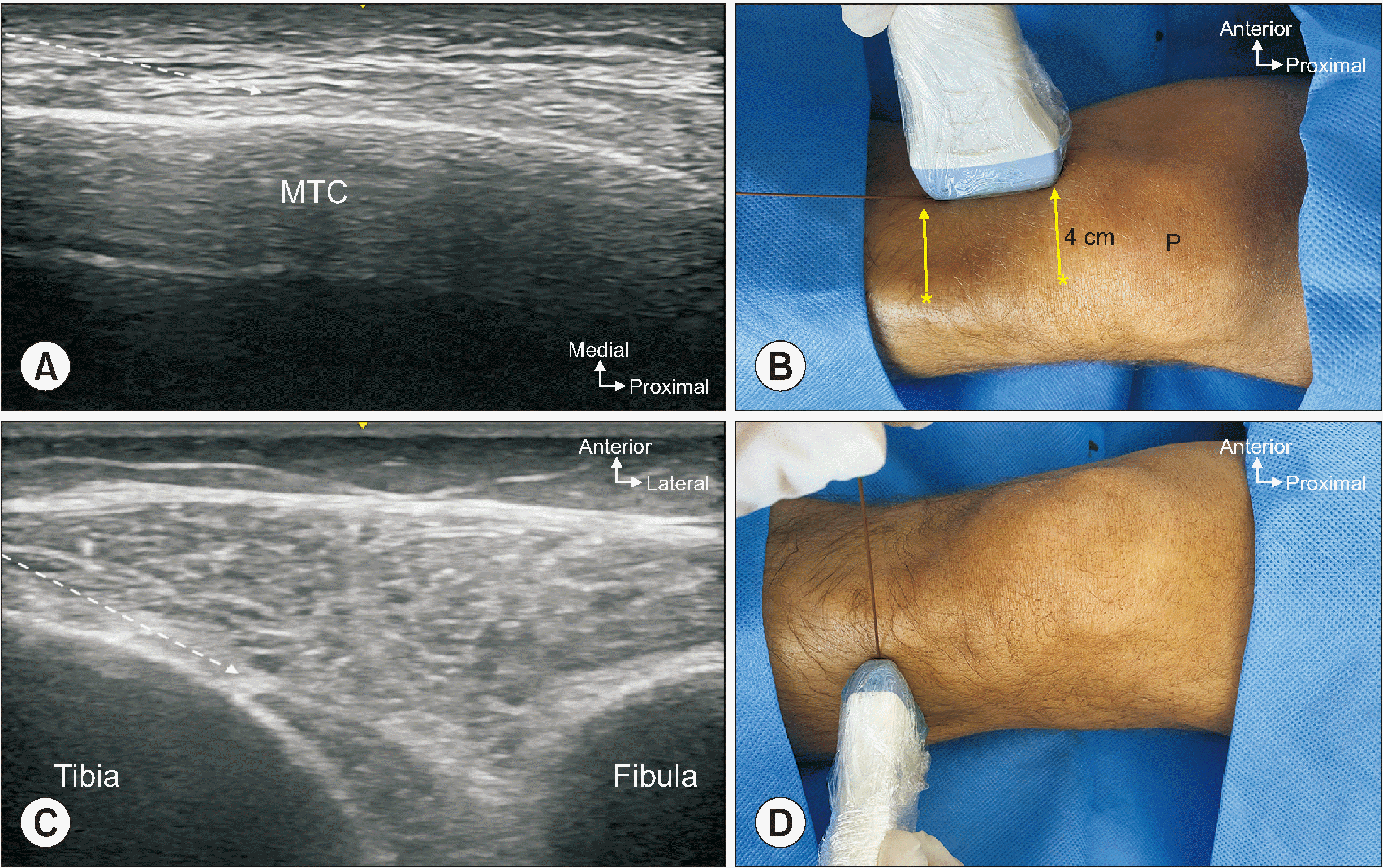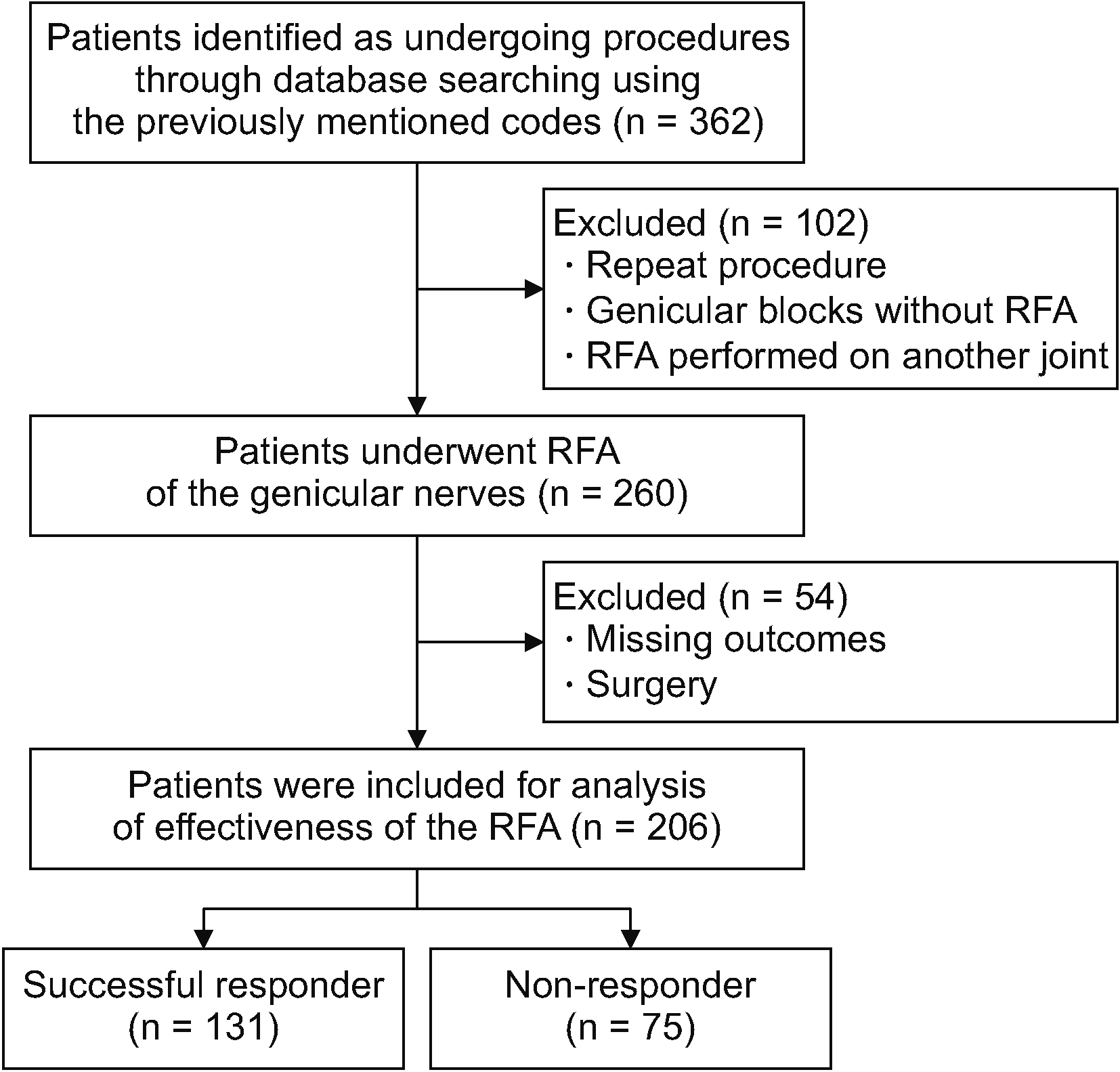5. Lowry AM, Simopoulos TT. 2010; Spinal cord stimulation for the treatment of chronic knee pain following total knee replacement. Pain Physician. 13:251–6. DOI:
10.36076/ppj.2010/13/251. PMID:
20495589.
14. El-Hakeim EH, Elawamy A, Kamel EZ, Goma SH, Gamal RM, Ghandour AM, et al. 2018; Fluoroscopic guided radiofrequency of genicular nerves for pain alleviation in chronic knee osteoarthritis: a single-blind randomized controlled trial. Pain Physician. 21:169–77. DOI:
10.36076/ppj.2018.2.169. PMID:
29565947.
24. Davis T, Loudermilk E, DePalma M, Hunter C, Lindley DA, Patel N, et al. 2019; Twelve-month analgesia and rescue, by cooled radiofrequency ablation treatment of osteoarthritic knee pain: results from a prospective, multicenter, randomized, cross-over trial. Reg Anesth Pain Med. doi: 10.1136/rapm-2018-100051. DOI:
10.1136/rapm-2018-100051. PMID:
30772821. PMID:
https://www.scopus.com/inward/record.uri?partnerID=HzOxMe3b&scp=85067799154&origin=inward.

27. Vas L, Pai R, Khandagale N, Pattnaik M. 2014; Pulsed radiofrequency of the composite nerve supply to the knee joint as a new technique for relieving osteoarthritic pain: a preliminary report. Pain Physician. 17:493–506. DOI:
10.36076/ppj.2014/17/494. PMID:
25415774.
30. Cohen SP, Bajwa ZH, Kraemer JJ, Dragovich A, Williams KA, Stream J, et al. 2007; Factors predicting success and failure for cervical facet radiofrequency denervation: a multi-center analysis. Reg Anesth Pain Med. 32:495–503. DOI:
10.1097/00115550-200711000-00007. PMID:
18035295.
32. Jin HS, Shin JY, Kim YC, Lee SC, Choi EJ, Lee PB, et al. 2015; Predictive factors associated with success and failure for radiofrequency thermocoagulation in patients with trigeminal neuralgia. Pain Physician. 18:537–45. DOI:
10.36076/ppj.2015/18/537. PMID:
26606005.
36. Cohen SP, Williams KA, Kurihara C, Nguyen C, Shields C, Kim P, et al. 2010; Multicenter, randomized, comparative cost-effectiveness study comparing 0, 1, and 2 diagnostic medial branch (facet joint nerve) block treatment paradigms before lumbar facet radiofrequency denervation. Anesthesiology. 113:395–405. DOI:
10.1097/ALN.0b013e3181e33ae5. PMID:
20613471. PMID:
https://www.scopus.com/inward/record.uri?partnerID=HzOxMe3b&scp=77955174208&origin=inward.

39. Kim DH, Lee MS, Lee S, Yoon SH, Shin JW, Choi SS. 2019; A prospective randomized comparison of the efficacy of ultrasound- vs fluoroscopy-guided genicular nerve block for chronic knee osteoarthritis. Pain Physician. 22:139–46. DOI:
10.36076/ppj/2019.22.139. PMID:
30921977.




 PDF
PDF Citation
Citation Print
Print






 XML Download
XML Download